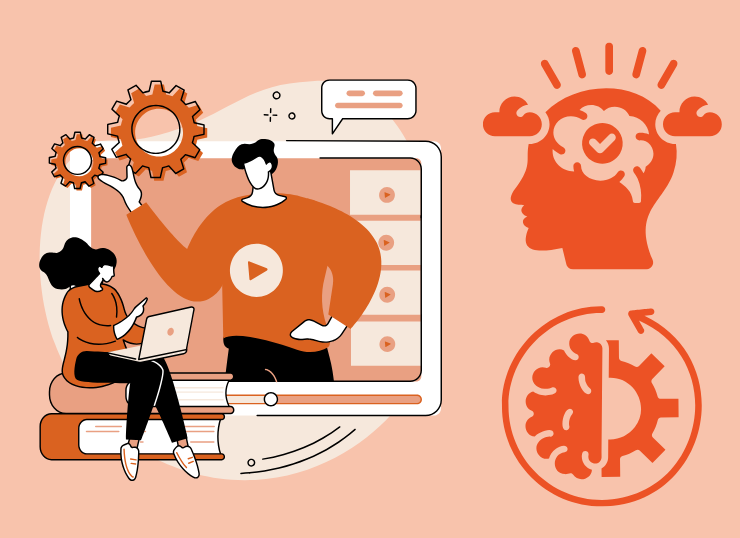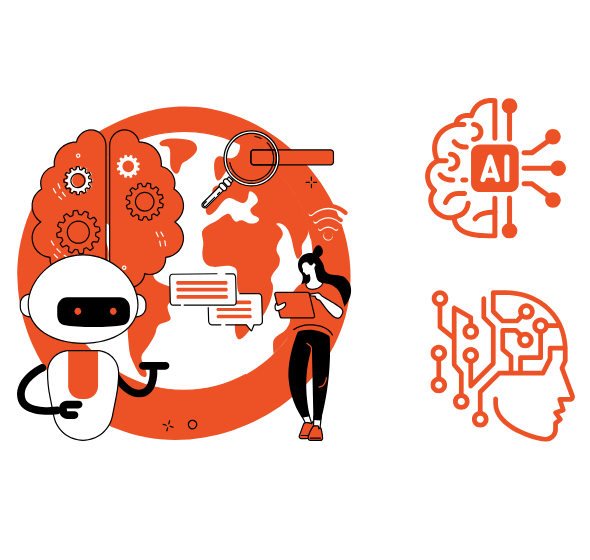28 Must-Have Features for a Brain Development Center to Support Cognitive Growth
A well-designed brain development center plays a crucial role in nurturing cognitive abilities in children and adults alike. From enhancing memory and attention span to developing problem-solving skills and emotional intelligence, such centers require thoughtful planning, advanced tools, and strategic branding to stand out in a competitive landscape. Collaborating with a Branding Agency Ahmedabad can ensure your center’s identity reflects its commitment to growth, science, and holistic mental wellness from day one.

Worried About Negative Reviews? Is Our ORM Agency the Key to Restoring Your Reputation?
In today’s digital age, your online reputation can make or break your business. Our ORM services empower you to control the conversation surrounding your brand.
Let’s dive into the 28 must-have features that every brain development center should implement to create a strong impact on its learners and their families.
1. Child-Centric Design
The environment should be welcoming, colorful, and age-appropriate, fostering curiosity while keeping distractions minimal.
2. Calm and Focused Spaces
Include quiet zones with minimal noise for concentration-based activities and sensory-sensitive learners.
3. Multi-Sensory Learning Tools
Use tactile games, puzzles, visual aids, and auditory tools to cater to different learning styles and enhance brain stimulation.
4. Neuroplasticity-Based Programs
Develop a curriculum grounded in neuroscience research focusing on memory, logic, attention, creativity, and language.
5. Age-Specific Programs
Offer separate learning tracks for toddlers, school-age children, teenagers, and adults with customized goals and challenges.
6. Certified Cognitive Trainers
Hire professionals trained in psychology, child development, and cognitive science to conduct engaging and effective sessions.
7. Parental Guidance Sessions
Conduct regular sessions with parents to discuss their child’s progress, home reinforcement strategies, and developmental milestones.
8. Progress Tracking System
Implement a robust system to track growth over time with regular evaluations, feedback, and adaptive learning strategies.
9. Interactive Technology Integration
Use apps, tablets, and smartboards with brain-boosting games and programs to make learning engaging and measurable.
10. Creative Thinking Corners
Designate spaces where children can explore open-ended challenges, story-building, and brainstorming activities.
11. Emotional Intelligence Modules
Incorporate lessons and exercises on self-awareness, empathy, and emotional regulation into your cognitive growth curriculum.
12. Memory Training Labs
Introduce exercises and tools that help improve short-term and long-term memory using visualization and association techniques.
13. Reading and Language Development Area
Include phonics, vocabulary-building tools, storytelling, and comprehension modules to sharpen language skills.
14. Mathematical Reasoning Units
Provide logical reasoning games, number puzzles, and problem-solving exercises tailored to different age groups.
15. Mindfulness and Meditation Rooms
Teach simple meditation, breathing exercises, and mindfulness routines to improve focus and reduce anxiety.
16. Fine and Gross Motor Activities
Support overall brain development through physical activities that integrate coordination, rhythm, and motor skills.
17. Safe and Ergonomic Furniture
Invest in adjustable desks, child-safe seating, and activity tables designed for comfort and posture alignment.
18. Nutritional Education Modules
Teach kids and parents about brain-boosting foods, hydration, and lifestyle habits that support mental performance.
19. Art and Music Therapy Options
Introduce arts-based interventions to stimulate creativity, relieve stress, and strengthen neural pathways.
20. Sensory Play Zones
Provide textures, light tables, sand trays, and water play to encourage sensory exploration, especially for early learners.
21. Gamified Learning
Use game-based learning with point systems, levels, and challenges to increase motivation and cognitive engagement.
22. Parent and Teacher Workshops
Host workshops to educate parents and educators on how to support cognitive growth outside the center.
23. Brain Fitness for Adults
Offer programs for older children, working professionals, and seniors that focus on memory, problem-solving, and stress relief.
24. Special Needs Support
Include tailored programs for neurodivergent individuals, ensuring an inclusive and supportive learning environment.
25. Clean, Sanitized, and Safe Infrastructure
Maintain the highest hygiene and safety standards to provide a healthy environment for all learners.
26. Engaging Website with Online Booking
Create a user-friendly, informative website with appointment scheduling, program details, testimonials, and blogs.
27. Strong Visual Identity and Branding
Your center’s name, logo, colors, and messaging should inspire trust and clearly convey your mission of cognitive empowerment.
28. Local Visibility and Community Outreach
Collaborate with schools, pediatricians, and educational institutions to increase brand awareness and credibility in the local community.

Not Seeing Results on Social Media? Discover How Our Agency Can Transform Your Presence?
Stay ahead of the curve in today’s digital landscape with our comprehensive social media management services.
Final Thoughts
Establishing a successful brain development center requires more than just academic expertise. It’s about cultivating an environment that encourages curiosity, sharpens critical thinking, strengthens emotional resilience, and promotes lifelong learning. By integrating these 28 essential features and aligning your brand with your mission, your center can stand out as a trusted hub for mental growth. Investing in professional branding services for the brain development center ensures that your identity resonates with your audience and reflects the quality and care behind every program you offer.









